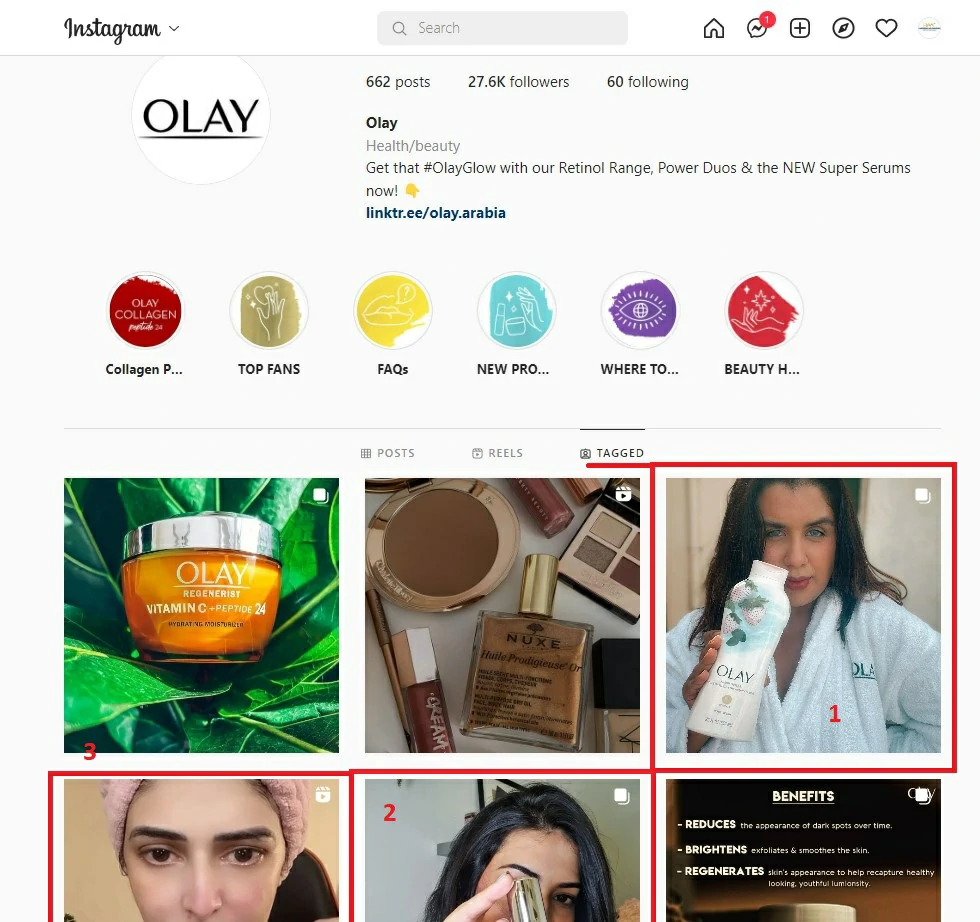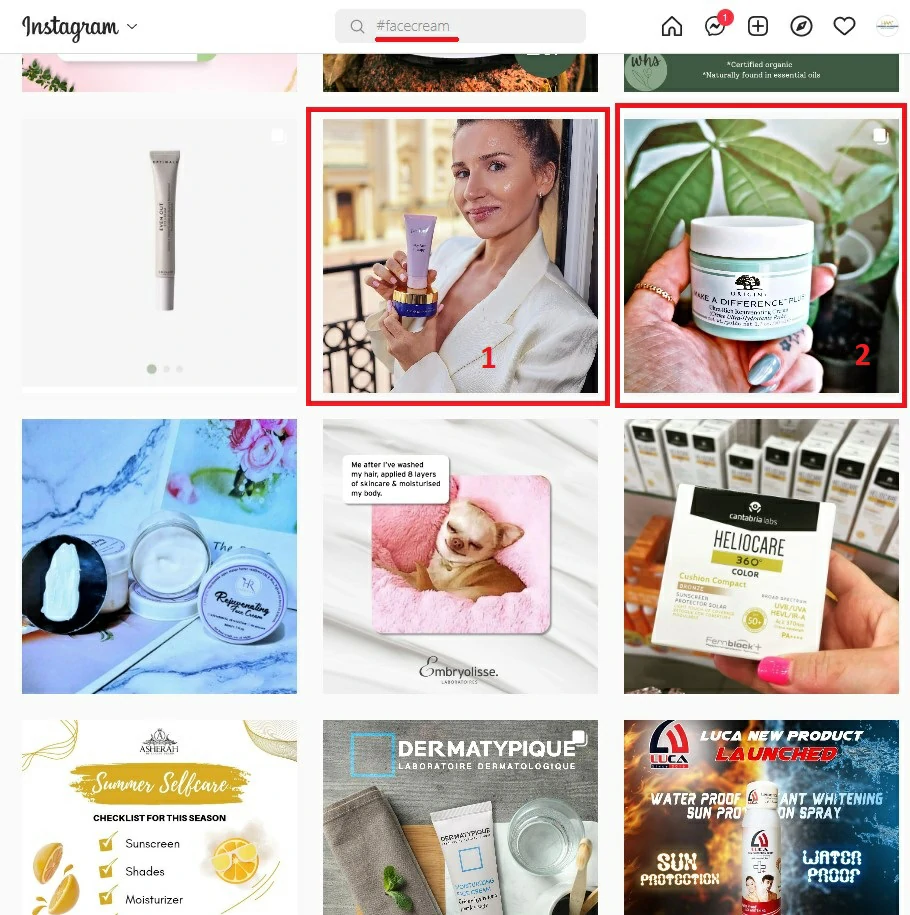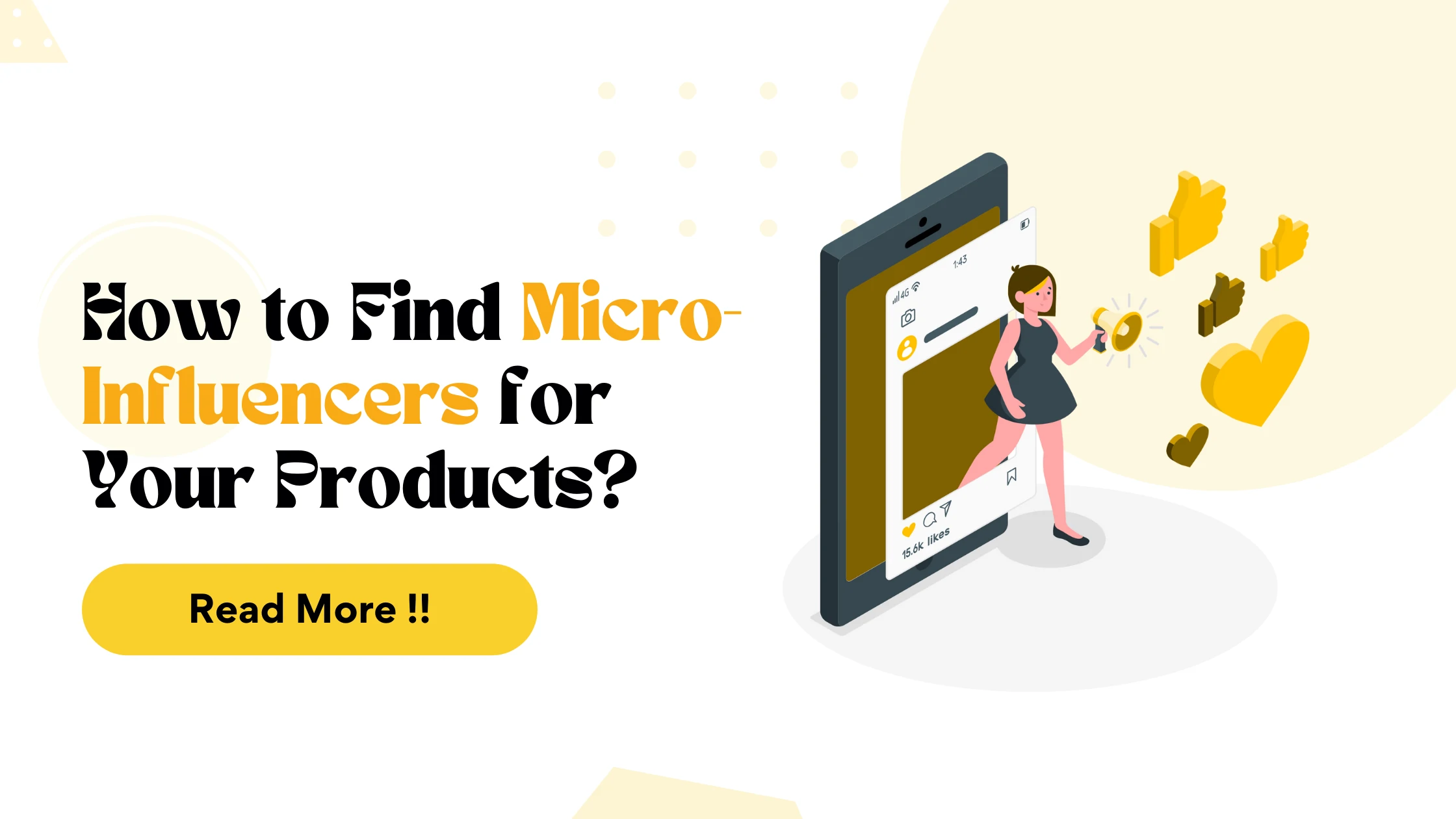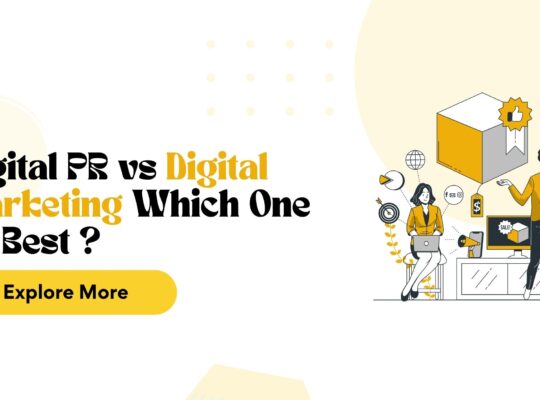Over 61% of online buyers look for influencer recommendations before choosing a brand or a product. And in that, over 82% of buyers prefer Micro-Influencer recommendations. According to Shopify.
And more businesses are planning to increase their budget for influencer marketing in 2022.
But, Do your business has a proper strategy to find micro-Influencers for your products?
If not, don’t worry, this blog post will be helpful for your business. This will help you to find micro-influencers for your products.
Before diving into the topic, let me throw some light on what’s influencer marketing and how it can grow your product sales. If you already know what influencer marketing is, skip the next section.
What is Influencer marketing?
A marketing strategy where influencers endorse and mention your product or your brand to their followers or audience in exchange for some compensation from you. Influencers maintain their audience on various platforms, they might have good social followers or a good amount of subscribers for their blogs or vlogs, or even an email list.
Influencers will mention your products, tag your company, ask their followers to try your products and so on.
However, the majority of the Influencers are from social media platforms. Nowadays influencer marketing is the most famous and lucrative social media strategy.
Types of influencers
Influencers can be categorised in many ways based on different variables. They can be categorised into social media influencers, bloggers, vloggers, etc based on the platform they maintain their followers.
But, one of the main metrics businesses and brands use to categorise influencers are by their number of followers and engagement rate.
Based on the above two metrics influencers can be categorised into
- Micro-influencers / Nano influencers
- Mid-tier influencers
- Macro level Influencers
- Mega Influencers
Let me explain them each in a brief
- Mega Influencers: Anyone who has more than a million followers. In this category, you can find celebrities, Social leaders, etc. With this influencer, you can get massive reach to your brand, which makes this category the most expensive. However, the engagement rate decreases as the number of followers increases, according to Simplilearn, mega influencers with more than 10 million followers have only a 1.6 per cent engagement rate.
- Macro Influencers: Influencers with 500,000 to 1 million followers are considered macro Influencers. This tier is filled with niche experts, thought leaders and some celebrities as well. Here also you can get a high amount of reach but not as same as the above category. Moreover, these influencers won’t be flexible, they will prefer only a certain content format that works well for them to maintain their audience base. Working with them is still an expensive choice.
- Mid-tier influencers: Influencers with 50k followers to 500k followers are considered mid-level Influencers, they may not be celebrities but create powerful content to entertain, educate, and inspire their audience. They have a slightly high engagement rate, and their charges will be relatively cheaper than the above two categories. Unlike those, These influencers have a good level of expertise and knowledge on getting reach and engagement from social media.
- Micro or nano influencers: Influencers having followers below 50k are considered micro or nano level Influencers. Here you can expect a high level of engagement and a deep connection between them and their followers. According to the research, 82% of social users prefer to buy from what micro-influencers suggest.
Though I have to explain all 4 major categories of influencers, as I promised in the title, we will be focusing only on how to find micro-influencers for your products.
Choose Micro-Influencers for your products
Even though Micro-Influencers have fewer followers compared to others. They are the group which has a high engagement rate and relatively close connection with their audience and followers.
Let’s list out the reason, why you should prefer Micro-Influencers over others
- High engagement rate: when it comes to influencer marketing, engagement rate is the key metric you should look at. Engagement includes actions like likes, comments, shares, etc. Micro-influencers have the highest engagement rate.
- Flexibility: You can ask them to post content in whichever format you wanted your brands to appear on their social accounts. And due to the high competition between influencers inside these categories, Influencers are more flexible with the content formats.
- Mode of compensation: If you are just starting out and if you haven’t allocated any budget for your micro-influencer marketing, you can compensate them by gifting them the products you sell. Because some new Influencers are ready to accept products as compensation. Moreover, the majority of these category influencers have other modes of income. They do influencer marketing for their side hustle.
- Deep connection: Influencers who have deep connections with their audience know their audience in and out, manage them well and can bring in more revenue for your products.
These are the reasons why I recommend you prefer Micro-Influencers for your products. Though they have less reach, they have a good engagement rate.
But, not all the Influencers in this category are good to go. You have to choose the right Influencers for your products so that you can maintain a win-win relationship with them for a long time.
You need to filter out some of the influencers who are not the right fit for your business goals and objectives. On that note, let’s see how to find the right micro-influencers for your products.
How to find Micro-Influencers for your products?
There are specific criteria to choose the right Influencers for your products, you have to look into specific metrics in their social media analytics. You can also ask them for their analytics page portfolio.
Let’s see how to find them with the action steps.
- Create a database: First, create an excel sheet with all these columns – Name of the Influencers, social media links, followers, average engagement, engagement rate, mode of communication, compensation, etc. Here, I have created an Influencer database template, to save you time and effort. Use this sheet to effectively filter, and track your influencer marketing campaign.
- Competitors analysis: check your competitors’ Instagram pages, look at their tagged pages, and find any Influencers mentioning their brand or product. Save all those influencers’ profiles in your database, which you have created before.

- Hashtags: look at all the trending and relevant hashtags to your product, find Influencers’ posts (posts by individuals’ accounts, not the company or brand’s account) and note them all in the database sheet.

- Google alerts: if you want Influencers to publish a blog post, videos, or newsletter, then create a google alert to a specific keyword, that can be your competitor’s brand name or any long tail keyword on your niche. So, the search engine will automatically send you the alert if the entered terms are indexed in google. If you are still not clear on how to make Google alerts, check the below video.
Now you would have filled your excel sheet with a decent amount of Influencers’ details, and then it’s time to filter out your Influencers.
First look at the influencers’ posts’ aesthetics, the format of the post, and whether they are posting reels, images, carousels, stories, etc. And check will that suit your brand goal and objectives.
Then look at their engagement rate. I have already created a separate field in the above Excel sheet for calculating the engagement rate. you can check the engagement rate of a specific Instagram account on the website – Phlanx
An engagement rate of 6% or above is considered a very high engagement rate, and an engagement rate ranging between 1- 5% is a good or average level of engagement. Choose micro-Influencers with high engagement rates for your products.
Once done, then start to reach them via emails and cold DM on social media channels.
Use the below outreach template to reach your micro-Influencers for your products.
Hey [name],
I have been following you on Instagram. I love all your posts on [some relevant topic], especially [describe one of their posts].
I am [your sweet name], Founder of [your company’s name], we sell [your products or services]. Since I saw your page and content, I wanted to reach out to see if you would open to test our products and collaboration together.
Reply to this email for more details, if you’re interested.
Best regards,
[Your name].
Direct Message
Hey [name],
I love all your posts on [some relevant topic], especially [describe one of their posts]. Since then, I wanted to reach out to see if you would open to test our products and collaboration together.
Let me know if you are interested. Thanks, [your name].
One more important tip: don’t send bulk emails to your Influencers, reach out to them one by one. So that your e-mail will also not end up in spam or promotion folders.
And if they didn’t reply, don’t forget to follow up in 3 days. The probability of getting a reply from social media DMs is higher than that of emails.
And, now you know how to find micro-influencers for your products with the above action steps.
TL; DR
Over 61% of online buyers prefer Influencer recommendations before buying a product.
Reasons to choose the micro-influencers
- They have a high engagement rate on their content
- They are more flexible
- They accept various modes of compensation
- They can establish a deep connection with your targeted audience.
And, how to find micro-Influencers for your product:
Step 1. Create a database to manage your influencers.
Step 2. Check your competitors tagged pages on Instagram.
Step 3. Use your industry-related or relevant hashtags and identify the posts by Influencers.
Step 4. Create a google alert on your competitor’s products or other keywords that are relevant to your products.
Step 5. Make use of the above influencer’s marketing platforms.
Step 6. Start affiliate marketing for your products.
In these ways, you can find micro-influencers databases for your products.
If you want more articles on how to negotiate with them and make them say yes. Comment below. And if you have any doubts regarding the social media and influencer marketing for your products, ping us at info@thecreatives360.com, we are offering free consultations on brands to set up their social media strategy.
Cheers,
Sasi Ram from The Creatives 360.








